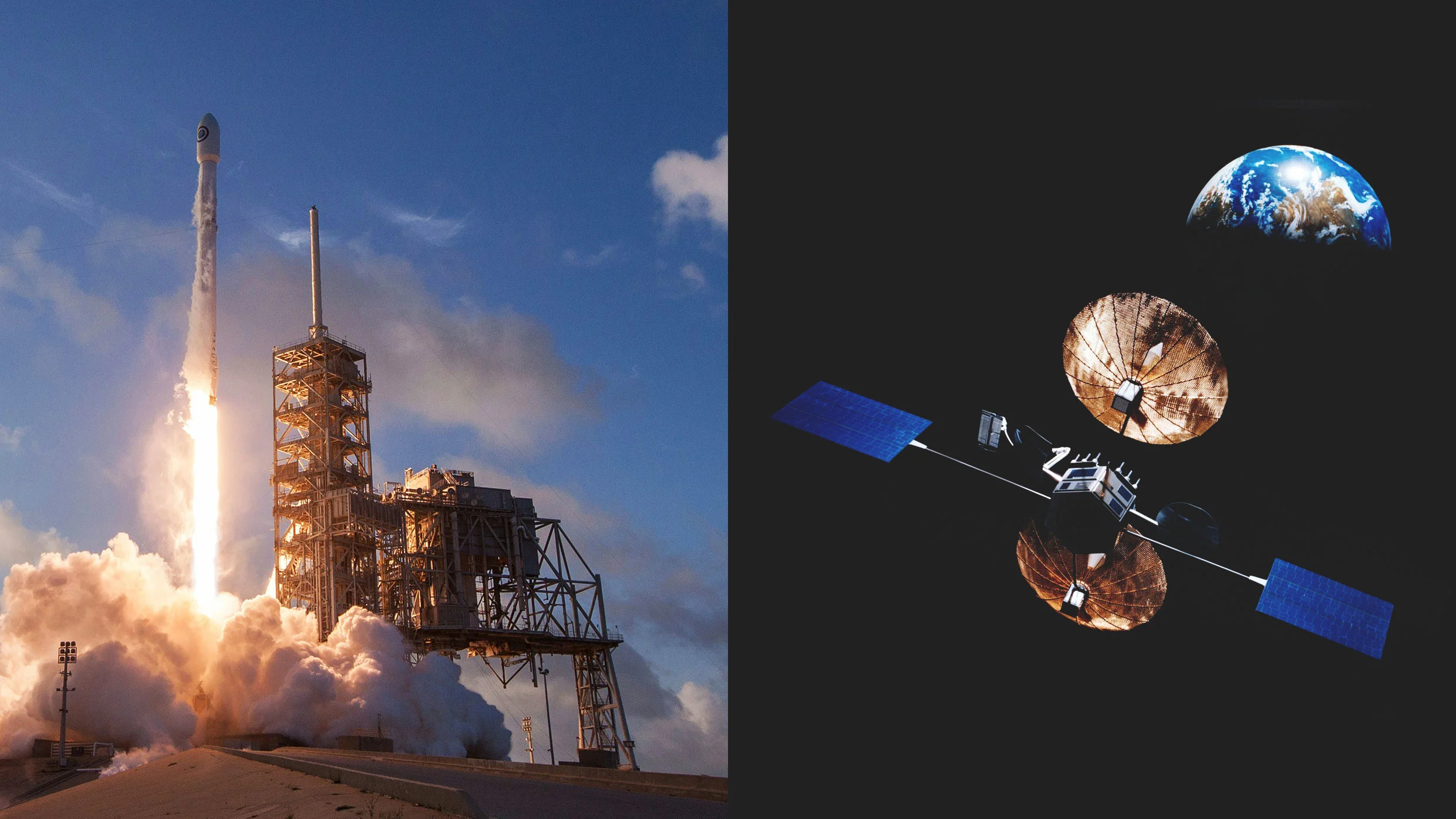
"Satellite anomaly detection is the process of identifying unusual or unexpected behavior in a satellite's systems, such as power, communications, or sensors. These anomalies can result from software bugs, hardware failures, or environmental factors like radiation. Detecting them early is critical because satellites operate in harsh, remote environments where maintenance isn't possible. A small fault can quickly escalate into a mission-ending failure. Anomaly detection systems help operators spot and correct issues before they become serious, ensuring satellites stay functional, safe, and reliable."
"James Murphy, AI engineering lead at Irish space technology company Réaltra Space Systems, is addressing this by teaching artificial intelligence to spot satellite failures before they happen. His lightweight AI models run directly on spacecraft, catching subtle warning signs while reducing the data bottleneck between space and Earth. Murphy, who holds a Ph.D. in machine learning for satellite anomaly detection, worked on camera systems for Europe's Ariane rockets that captured iconic images of the James Webb Space Telescope's separation."
Satellite mega-constellations deploy thousands of spacecraft, creating an enormous monitoring challenge that traditional methods cannot scale to manage. Lightweight AI models can run directly on spacecraft to detect subtle warning signs in systems such as power, communications, and sensors. Onboard anomaly detection reduces the volume of telemetry needing transmission, easing data bottlenecks between space and Earth. Early detection of software bugs, hardware degradation, or radiation-induced faults enables corrective actions before small issues escalate into mission-ending failures. Practical implementation includes optimized models for constrained hardware and experience from camera systems on launch vehicles and imaging of spacecraft separations.
Read at Fast Company
Unable to calculate read time
Collection
[
|
...
]